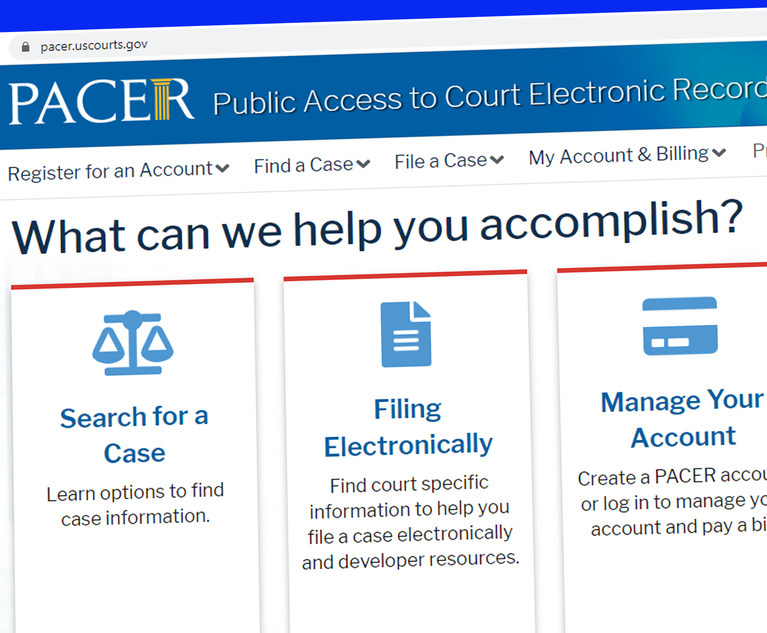If you’re looking to use public court records for an internal data project, I have some good news and some bad news. The good news is that, at least for federal cases, PACER exists and has a solid track record of being able to run queries across all 94 U.S. federal courts. The bad news, though, is that each individual court (or each chamber within a court) has its own idea about what’s important to put into PACER. And even if you find what you need, it can be expensive.
The “Designing Data Projects Using Court Records” panel at the 2022 American Association of Law Libraries (AALL) Conference explored some of the opportunities and roadblocks that come with building data projects out of publicly available data. On the positive side, the panelists noted, are the opportunities for transparency and accessibility of court proceedings to the general public.
This content has been archived. It is available through our partners, LexisNexis® and Bloomberg Law.
To view this content, please continue to their sites.
Not a Lexis Subscriber?
Subscribe Now
Not a Bloomberg Law Subscriber?
Subscribe Now
LexisNexis® and Bloomberg Law are third party online distributors of the broad collection of current and archived versions of ALM's legal news publications. LexisNexis® and Bloomberg Law customers are able to access and use ALM's content, including content from the National Law Journal, The American Lawyer, Legaltech News, The New York Law Journal, and Corporate Counsel, as well as other sources of legal information.
For questions call 1-877-256-2472 or contact us at [email protected]

 Screenshot of PACER’s website.
Screenshot of PACER’s website.








